No uniform urbanization
Updated: 2014-03-21 07:40
(China Daily)
|
||||||||
Only through people-centered urbanization can residents become attached to the urban environment and develop a sense of belonging and thus serve as a major force in facilitating the urbanization process, said a People's Daily commentary on Thursday.
As a country with a long history and immense diversity in people, terrain and climate, China boasts numerous cultural towns and villages of varying shape and size. These towns and villages, especially the ancient ones, are an important part of the country's historical and cultural heritage. They are museums of architecture and storehouses of culture, having witnessed the economic development and evolution in social customs that have transformed China in different historical periods.
Preserving the original style and the cultural heritage of these towns and villages in the urbanization process will consolidate China's cultural foundations and protect traditional Chinese culture at its source.
Over the years, numerous ancient towns and villages nationwide have fallen into decay and disrepair with the transition from an agrarian to industrial to information society. Some have survived only to fall prey to the tourism development craze, while others, under the slogan of building a new socialist countryside, have had their buildings demolished and then rebuilt anew.
People's excitement at the brand-new urban landscape, however, has been rather short-lived as it cannot make up for the ensuing sense of loss and even confusion as the places people used to call home no longer exist even though in many cases they appear the same.
The German poet and philosopher Georg Philipp Friedrich Freiherr von Hardenberg, who wrote under the pen name of Novalis, once said that philosophy is essentially homesickness, the urge to be at home everywhere. As China steadily presses ahead with its new type of urbanization, Chinese people also have the urge to "feel at home" in the urbanization process.
Therefore, it is essential, as the recent National New-Type of Urbanization Plan (2014-20) released by the Central Committee of the Communist Party of China and the State Council pointed out, that urbanization should be advanced, with the historical and cultural contexts and geographical features and ethnic characteristics of different regions taken into full account, to maintain diversity in the urbanization process and avoid urban construction of similar or even uniform design.
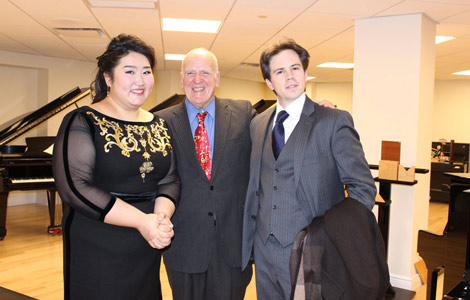
 Music at her fingers
Music at her fingers
 Across America Over the Week (Jan 16 - Jan 22)
Across America Over the Week (Jan 16 - Jan 22)
 Spend Chinese New Year in style
Spend Chinese New Year in style
 Ili river valley becomes a popular destination for swans
Ili river valley becomes a popular destination for swans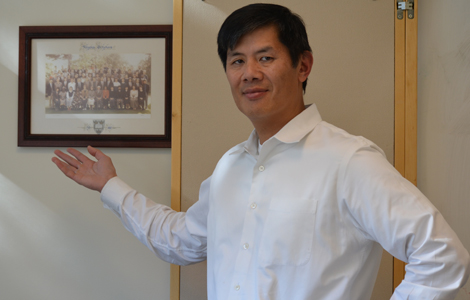
 Philip Ma: from scientist to businessman
Philip Ma: from scientist to businessman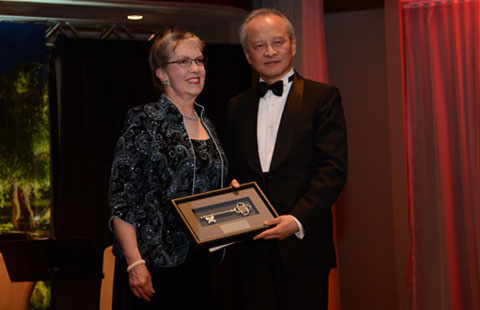
 Birmingham's Spotlight on China dinner
Birmingham's Spotlight on China dinner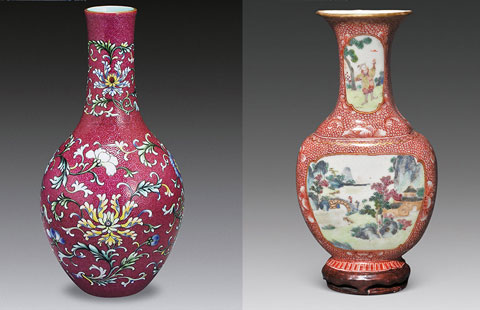
 How to distinguish doucai, wucai, Famille-rose and enamel porcelain
How to distinguish doucai, wucai, Famille-rose and enamel porcelain
 Xinjiang lake in bumper fishing season
Xinjiang lake in bumper fishing season
Most Viewed
Editor's Picks

|

|

|

|

|
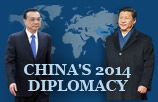
|
Today's Top News
Houston's SW Chinatown
China to focus on reforms, opening of capital market
Slowdown brings new risks to banks
Trade group calls for BIT
Market status for China is 'political' issue
Birmingham's Spotlight on China dinner
Bank takes renminbi-clearing seriously
Traditional Garb
US Weekly

|

|







